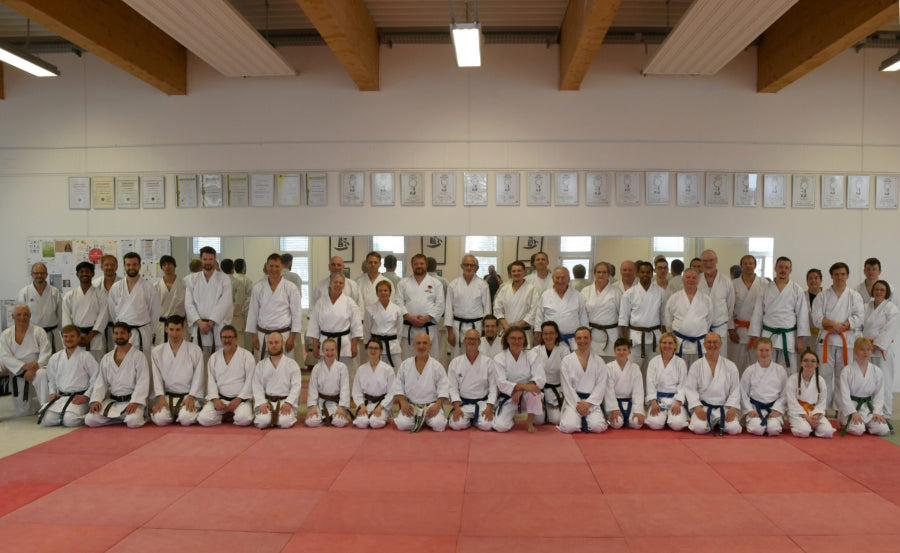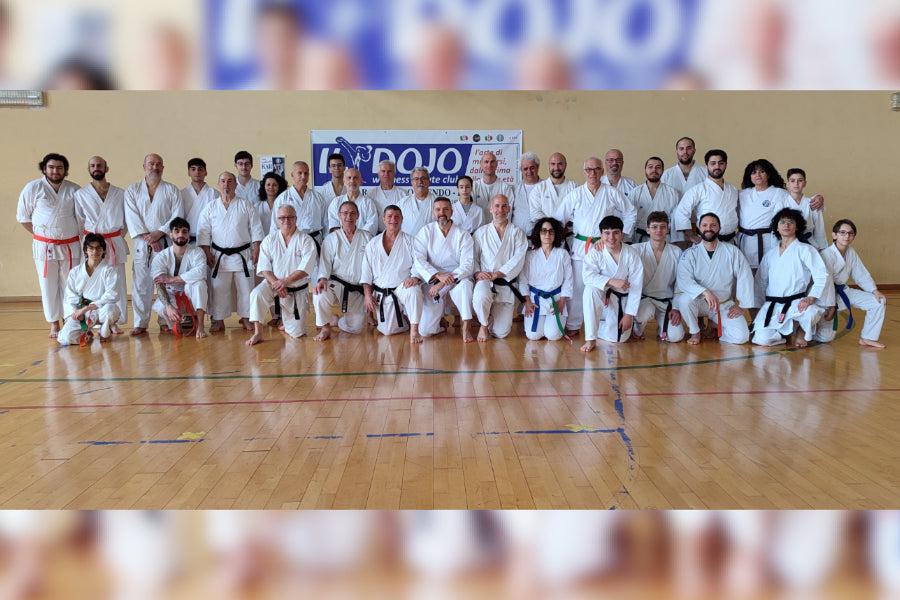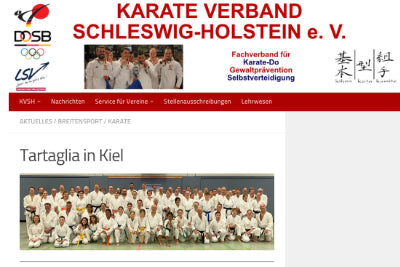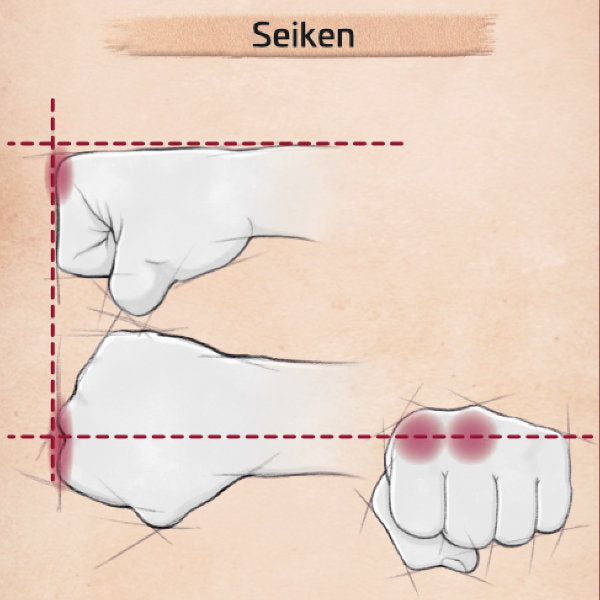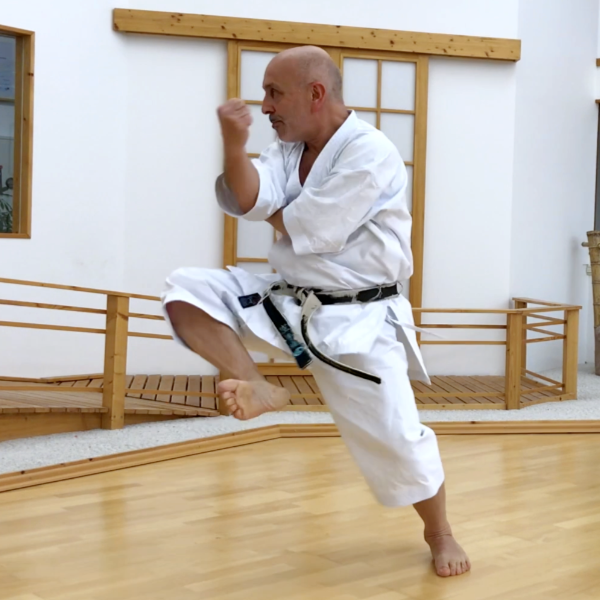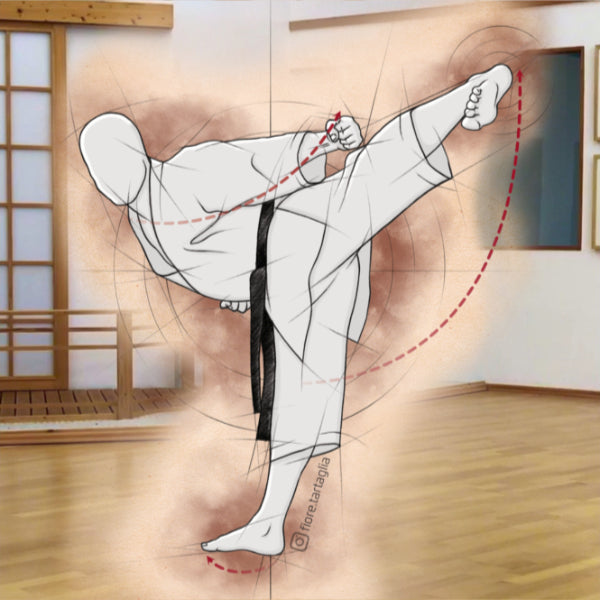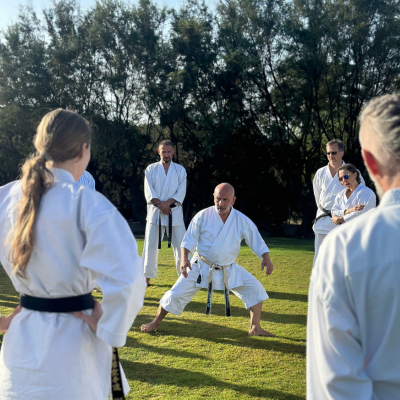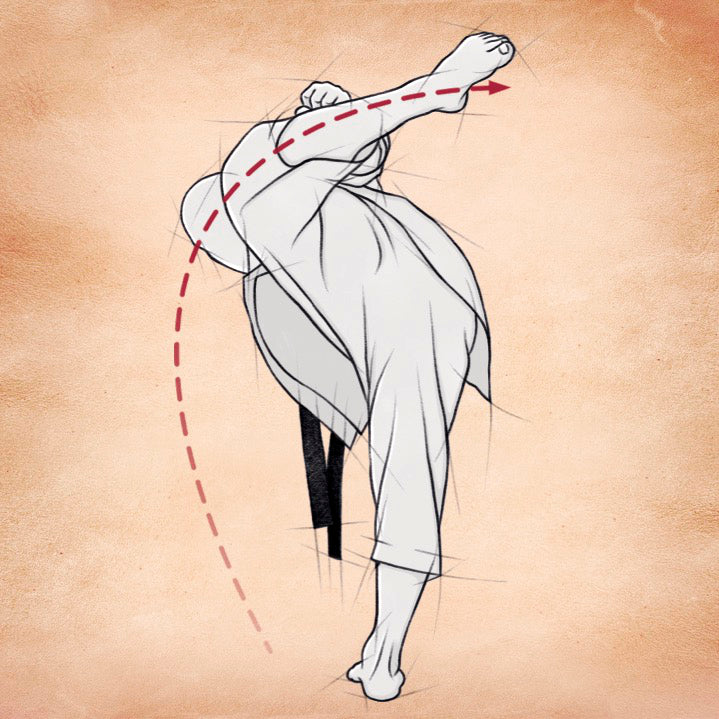Southwest Press

Sport – Fiore Tartaglia wants to improve the quality of life with the karate course for Jukuren – Japanese for “experienced people”.
It works. By Claudia Burst
Otto is 71 years old.
The 1.90-meter-tall giant worked at a workbench his entire life. He had no time for exercise. The price for this came in old age: shortened muscles, poor posture, and reduced lung capacity.
Otto has been practicing karate for a year and a half. He's one of the participants in the over-50s karate course at the Gschbach karate dojo Taikikan, which translates as "school of mind and body." He can now put on his socks while standing, i.e., while standing on one leg. He gets up from a chair without leaning on the poles or the table. Bending over is also no problem. And if the avid classic car fan needs to read a newspaper under a moving car, he can get back up without help. "I can only recommend it to everyone. Even younger people. And I find that one hour every week," Otto Hagmann enthuses about his new sport. He now proudly wears his orange belt.
His karate instructor, Fiore Tartaglia, is pleased for his student: "Giving quality of life – that's the goal of this special program for those over 50," he says. In Japanese, this target group is affectionately called "the Jukuren," or experienced. The course "works regardless of whether someone is athletic or not," says Tartaglia, and the exercises are tailored to suit everyone.
"Karate is a martial art, and your opponent is your own ego," explains the black belt, emphasizing that self-criticism, on the one hand, and discipline, on the other, are essential prerequisites for this sport. "Only through constant improvement and self-reflection—in other words, the ability to be self-critical—can a karateka reach the level they want to achieve in combat against their opponent," says the six-time Dan holder. Discipline extends to the details. For example, he gave Otto the tip to always stand upright against a wall while brushing his teeth, or to tie his shoes by placing his foot on the back of a chair and bending over. Most of these exercises are part of the step sequences and fighting techniques that are demonstrated and practiced in karate classes.
karate
Karate primarily trains striking, thrusting, kicking, and blocking techniques, as well as foot combat exercises. Some of these locks and throws are also taught. In advanced training, chokeholds and nerve pressure points are also used. Those who wish can engage more intensively with the sport than just a recreational sport. The goals are primarily agility, speed, and anaerobic endurance. Modern karate training is more often athletically oriented.
The 58-year-old muscleman demonstrates the "Kokutsu Dachi," one of the basic karate stances, as an example. "This stance trains the thigh muscles, so that with the appropriate exercises at home, which I highlight, everyone can eventually stand up straight again without leaning on anything."
Or the kicks – a prerequisite for a firm stance on the standing foot. These result in a greatly improved sense of balance. "Many of the karate movements are cross-shaped, meaning they connect the right and left hemispheres of the brain, thereby improving coordination," explains Tartaglia. "So if a karateka performs these exercises with discipline, these movements will become ingrained in their mind."
What Fiore Tartaglia particularly appreciates, especially after strenuous workdays, is the peace and quiet without which he would be unthinkable. His sport "begins with respect and ends with respect," he says, quoting Funakoshi, the founder of the karate styles Tartaglia practices. His portrait adorns a corner of the dojo—opposite the curved wooden bridge over which all athletes walk barefoot to reach the matting in the hall-style hall. Athletes bow to their opponents for the first time before entering the dojo, then again at the beginning of each sports lesson, and each time before and after combat exercises.
The exercises are demanding. They're a fight against the rust in your joints, says Martin Nägele. The 58-year-old has been doing it since October to train discipline, mental strength, and better reaction times. He enjoys it, too. Like Otto. He only regrets not having started this sport much earlier.
info
The over-50 karate course at the “Taikikan” in Gosbach takes place every Thursday from 6:00 p.m. to 7:15 p.m.
Photos: Claudia Burst
Here is the original article:
The fight against joint rust

